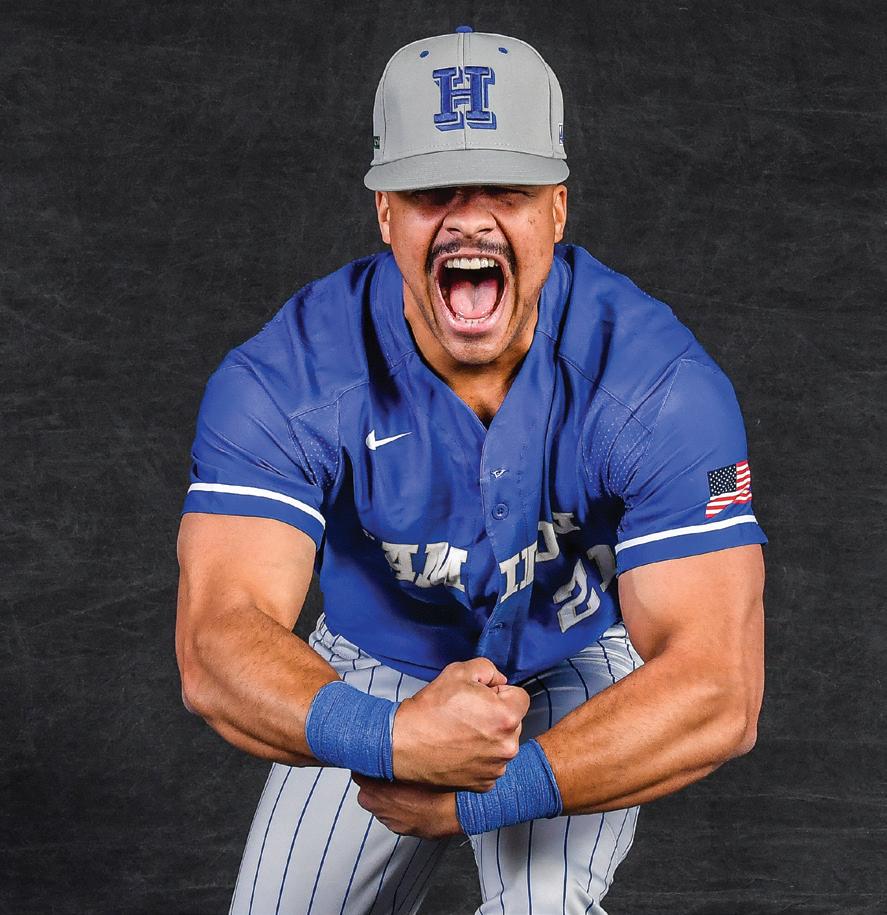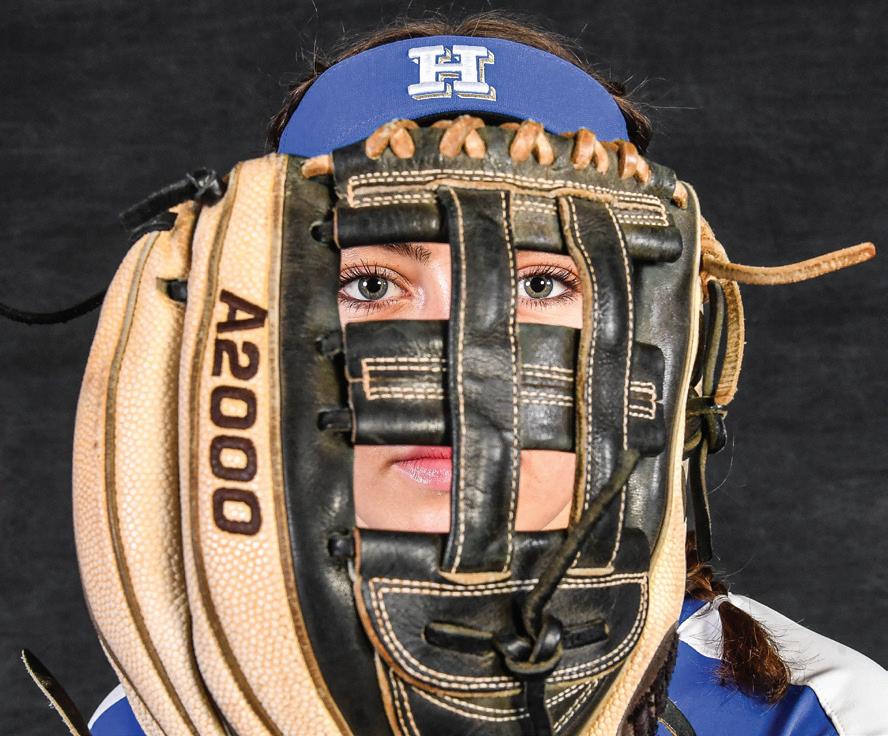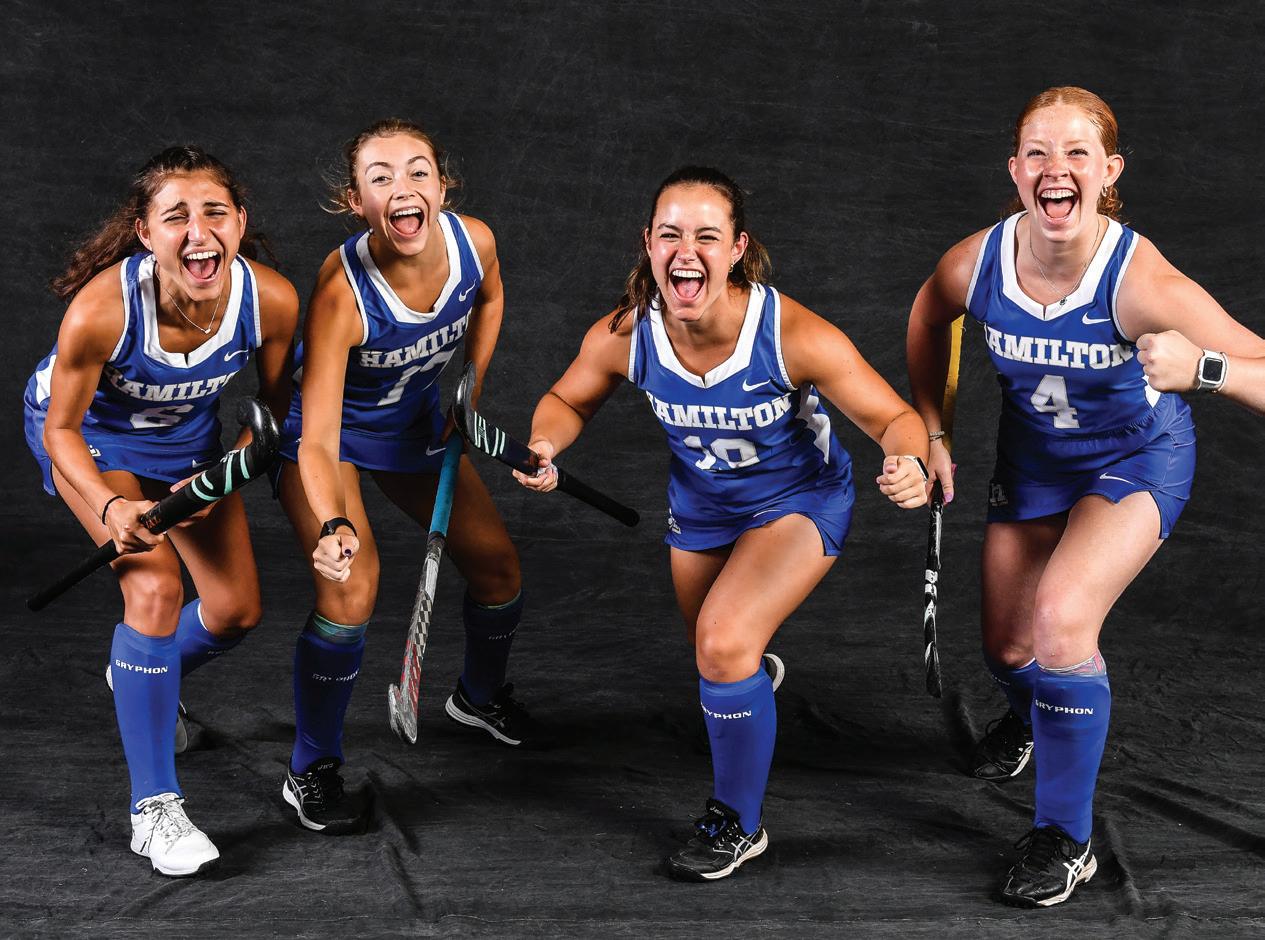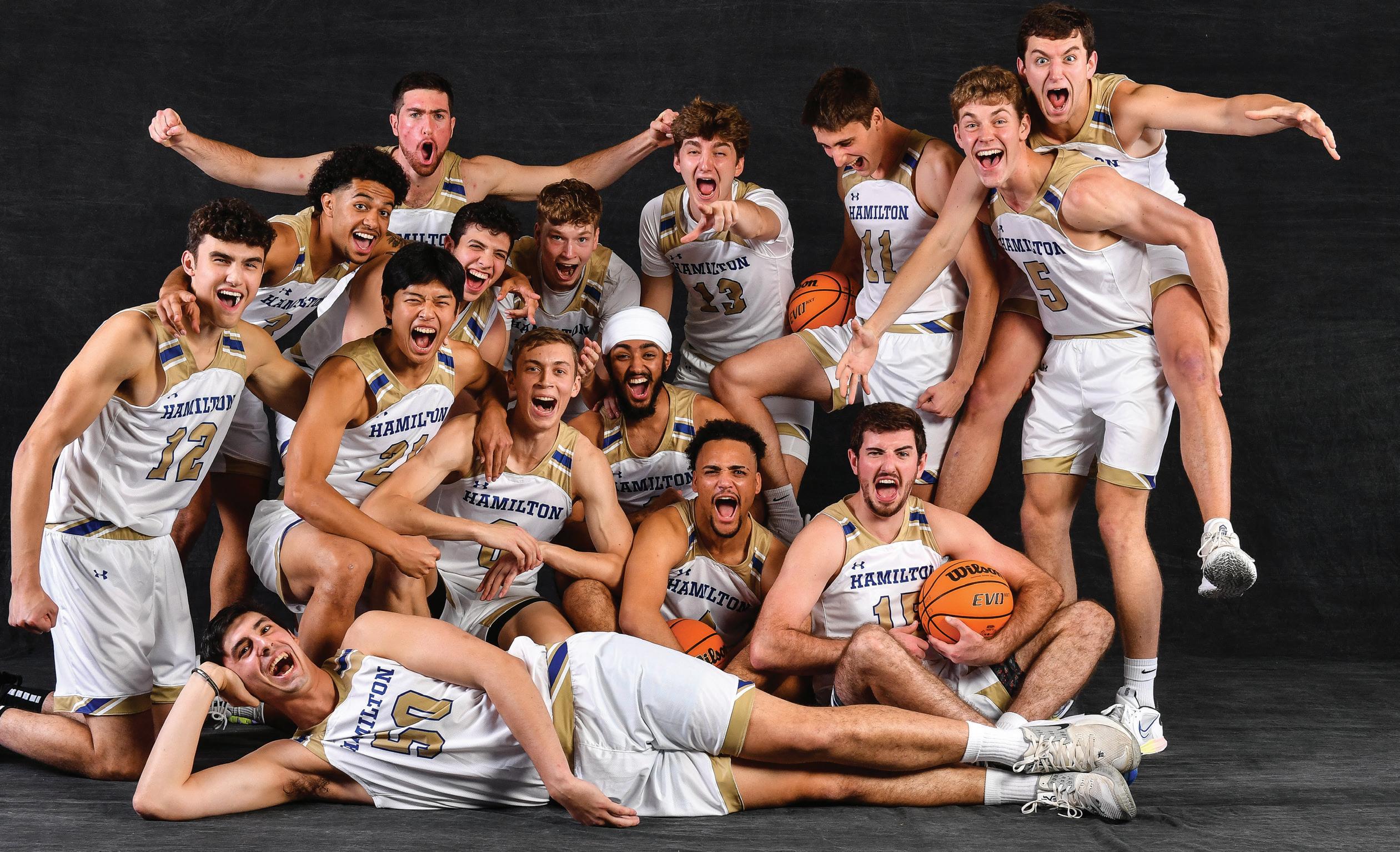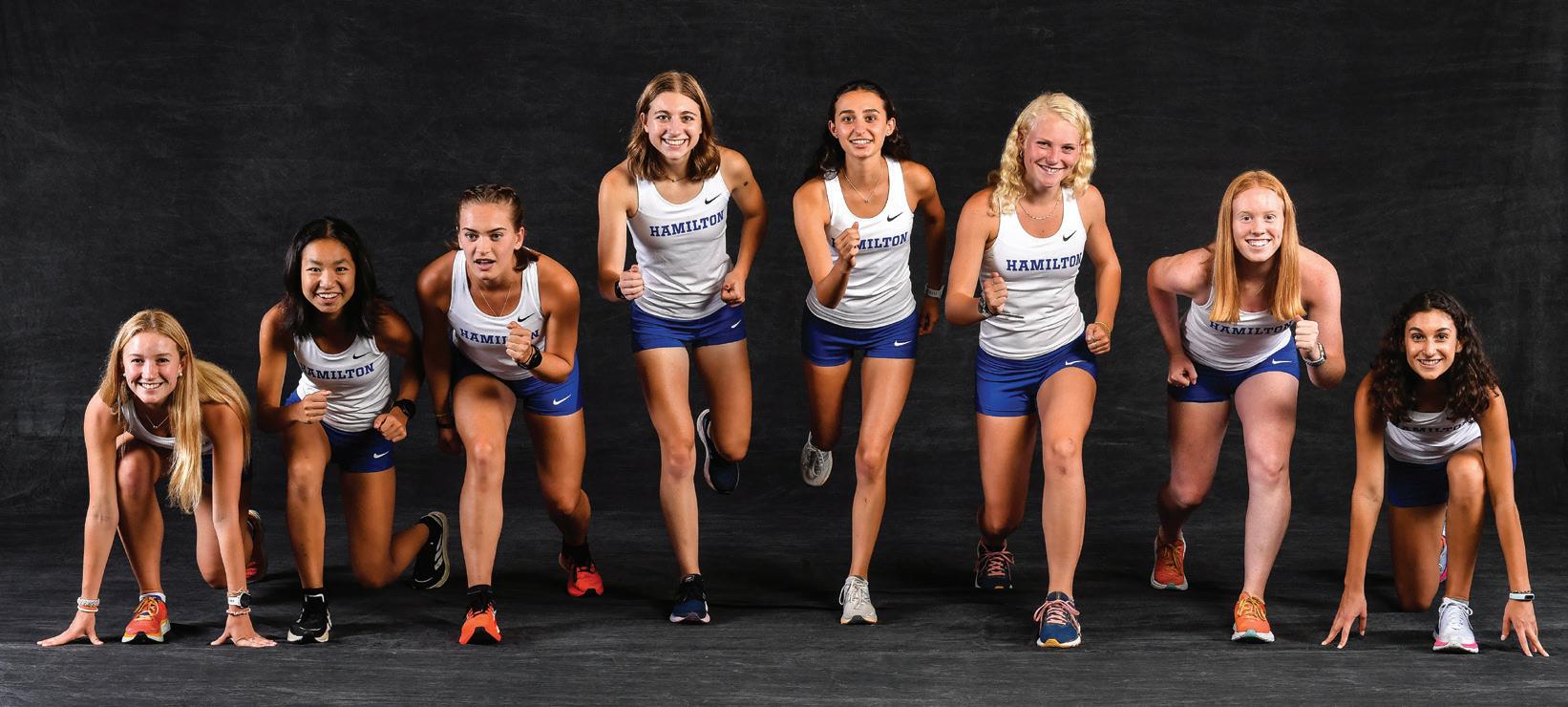
2 minute read
A World Premiere 72 Years in the Making
IN 1950, COMPOSER MARION BAUER completed her Symphony No. 1. The piece was to premiere the following November at the Symposium of American Orchestral Music at the Eastman School of Music in Rochester, N.Y., but three copyists tasked with creating the orchestral parts from Bauer’s score did what the composer called an abysmal job. There were “literally hundreds of errors — notes misread, ties omitted, dynamics forgotten, even wrong instruments copied in the parts,” according to what Bauer wrote in the critical notes of the piece.
After the errors forced the symphony from missing its scheduled debut, the work became all but forgotten. That is until 2020 when the U.S. Department of Commerce to declare a federal fishery disaster in 2021.
The researchers’ findings, published on Jan. 10 in the scientific journal Global Change Biology, warn that the collapse of the New York fishery is only the beginning. Using satellite-based temperature readings and long-term environmental records, along with data that included measurements of scallop heartbeats, the team concluded that an eight-day heatwave and repeated episodes of low oxygen in the water caused a 2020 die-off at a specific Peconic Bay site.
Although coastal Massachusetts waters remain within safe temperature ranges, the researchers posit that as warmer coastal waters spread north, the same combination of high temperatures and impaired water quality may soon threaten the nation’s entire northern bay scallop industry.
And this phenomenon isn’t new. Tomasetti cites the collapse of the Long Island Sound lobster industry and the loss of blue mussel populations in coastal bays south of Delaware as well.
“Commercial shellfisheries are a vital part of our blue economy, and shellfish habitats are changing rapidly,” Tomasetti told Innovate Long Island. “Mitigating further warming by transitioning to clean energy is critical. But while these global efforts are underway, committing to practices that will improve our local water quality — like reducing nutrient pollution — is also important.” n
Heather Buchman, the Carolyn C. and David M. Ellis ’38 Distinguished Professor of Music and director of the Hamilton College Orchestra, learned about it at an International Conductors’ Guild conference. The Women’s Philharmonic Advocacy, which champions the performance of women composers, had facilitated editing Symphony No. 1 into a performance edition.
“It caught my eye because it had a note attached — ‘has never been performed,’” Buchman says. “Marion Bauer was a significant presence in American classical music in the first half of the 20th century; she taught at both NYU and at Juilliard, so the fact that her symphony was never performed seemed an egregious neglect of someone who should be celebrated.”
Through Buchman’s other role — guest conductor for Symphoria, Syracuse’s professional orchestra — she worked with colleagues to develop Unheard No More, a concert centered around the Bauer work. At long last, Buchman conducted the world premiere of Symphony No. 1 on Oct. 15, 2022.
“It felt momentous to have the honor of making this piece come alive for the first time and to share that with the other musicians and audience in the room,” Buchman says. “Marion Bauer’s compositional voice was unfortunately kept out of the conversation with her contemporaries. The least we can do is to bring it into a new conversation and add her to a more complete and inclusive picture of mid-20th century American symphonic music.” n

WOMEN’S SQUASH
FOOTBALL
WOMEN’S ROWING

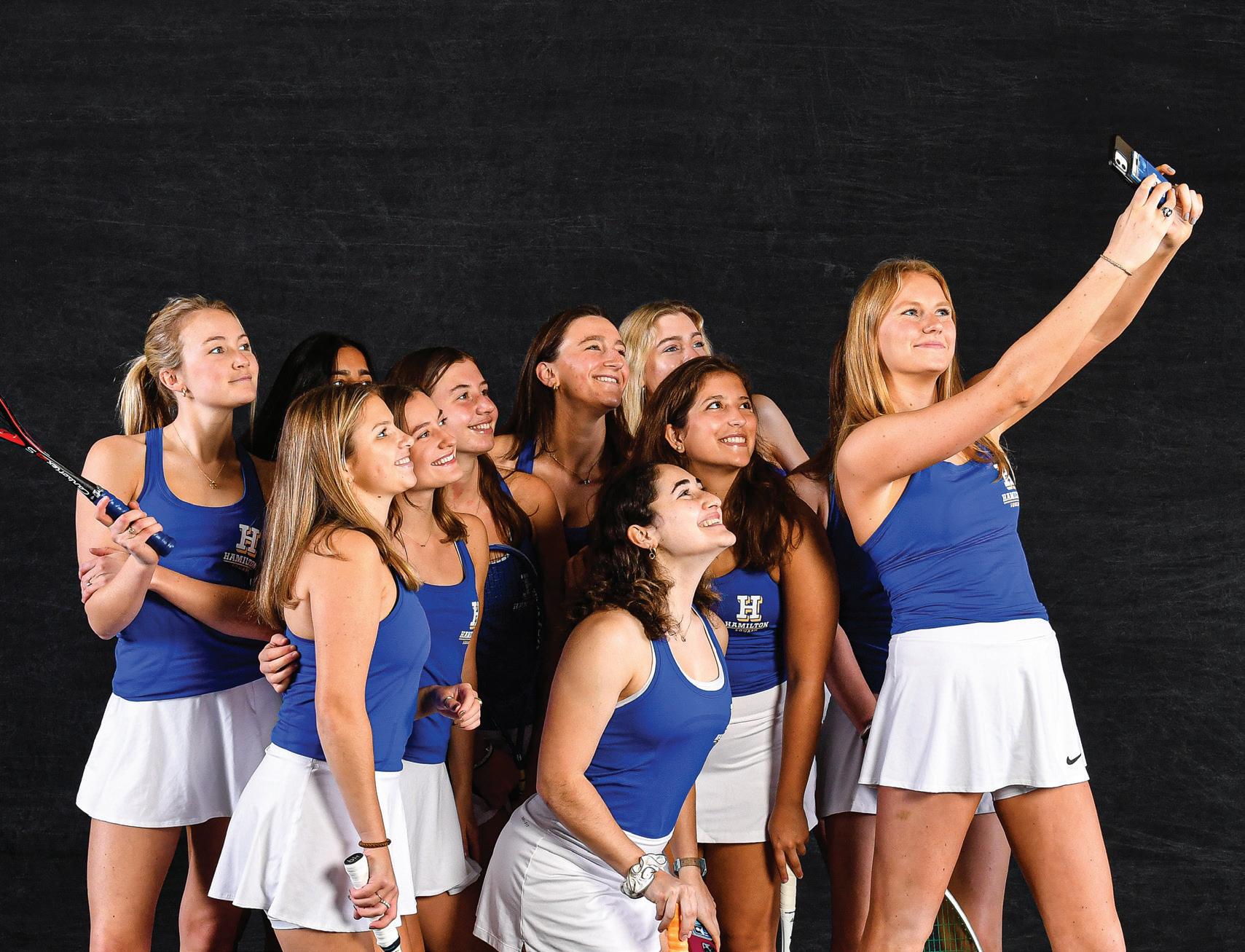
WOMEN’S ICE HOCKEY
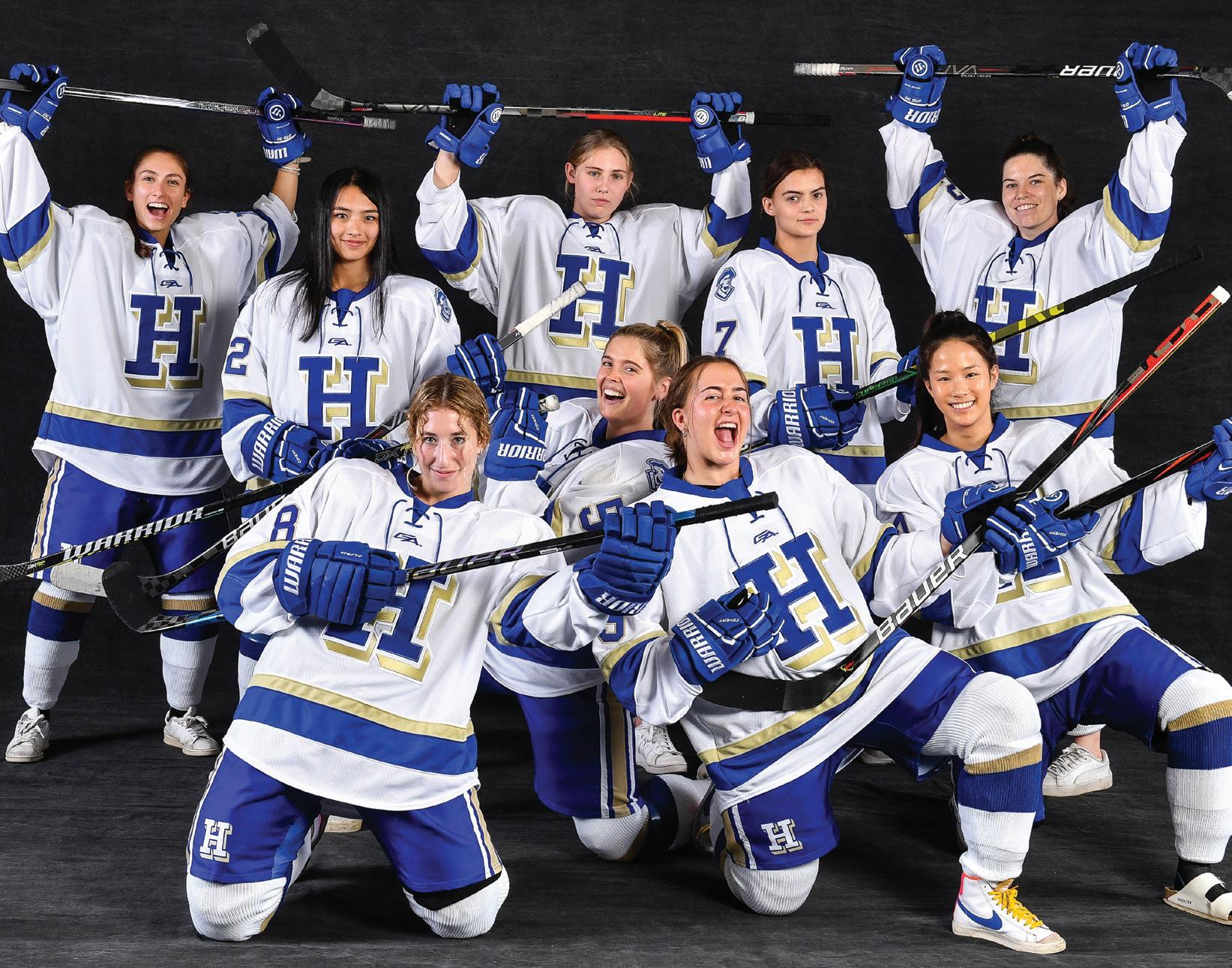
MEN’S TENNIS

MEN’S GOLF

WOMEN’S LACROSSE
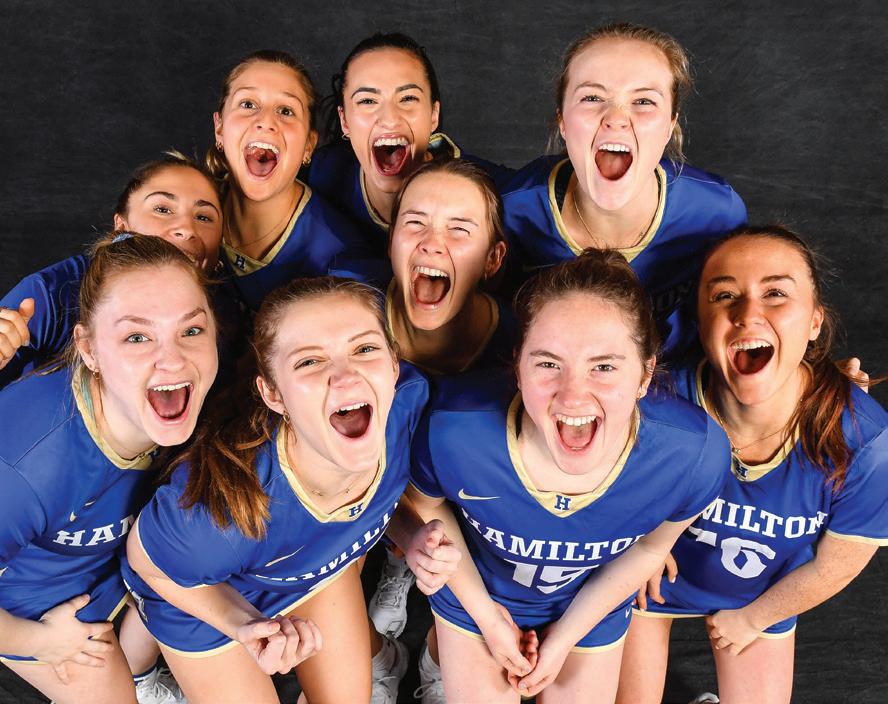
HIT ME WITH YOUR BEST SHOT. At the start of each season, Hamilton’s varsity athletes gather for publicity photos at what is known as Media Day. And while photographer Josh McKee captures stunning images that reflect fierce, dedicated, competitors, these photo sessions inevitably evolve into the opportunity for student-athletes to show their camaraderie, pride, and just plain goofiness. Here are just a few selections representing all 29 Continentals teams.


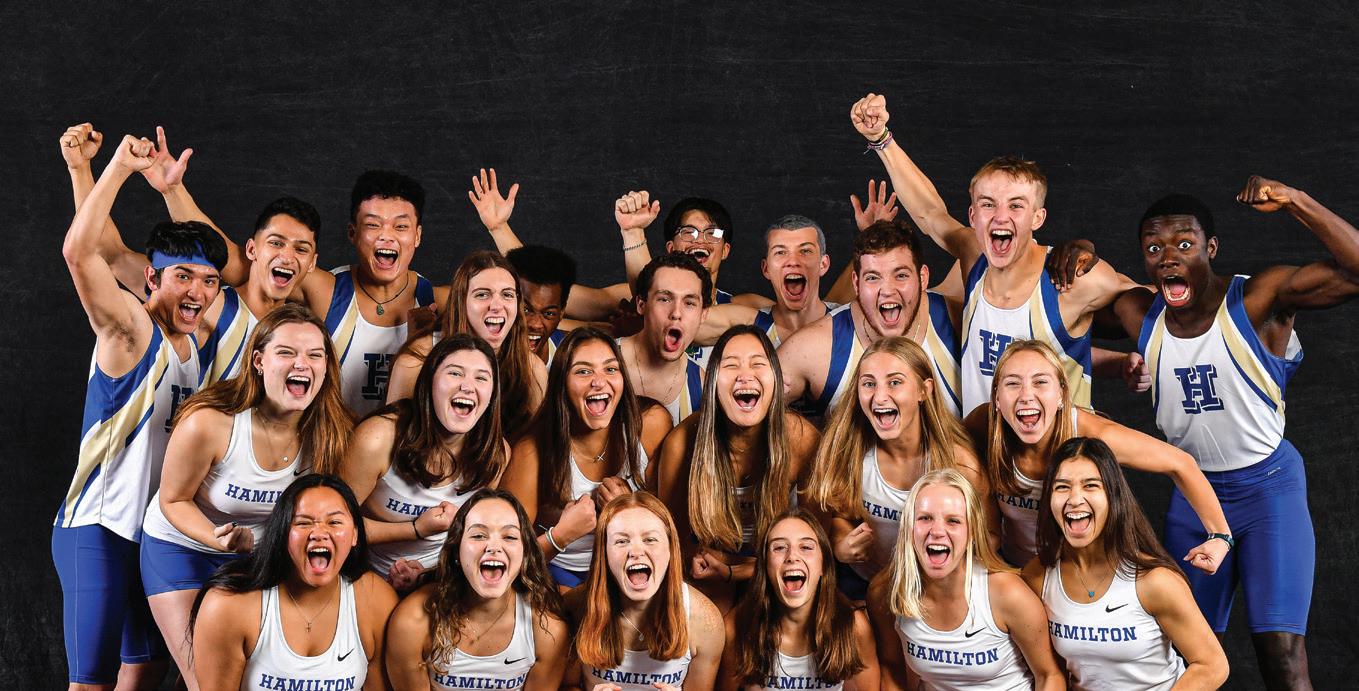
Baseball
